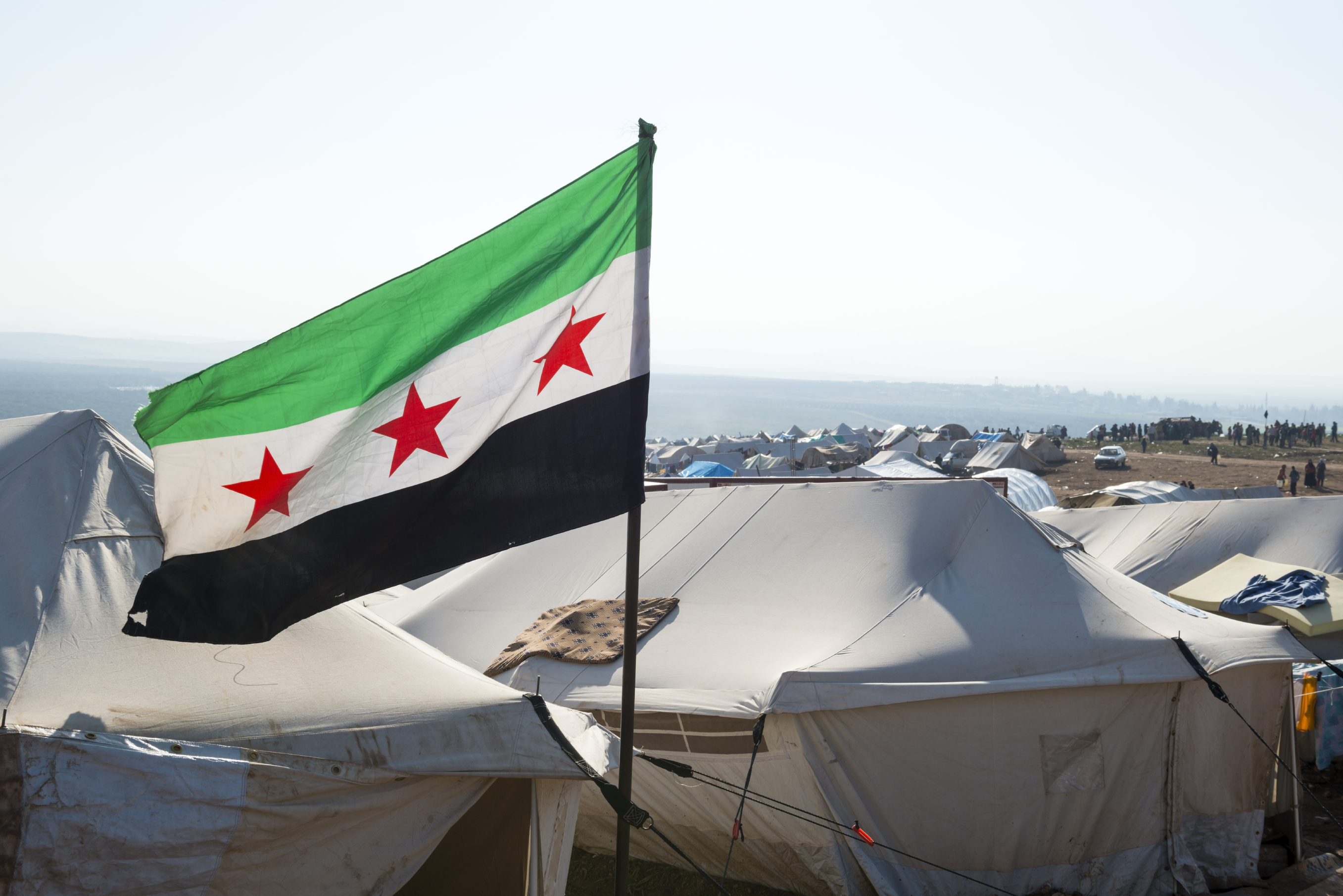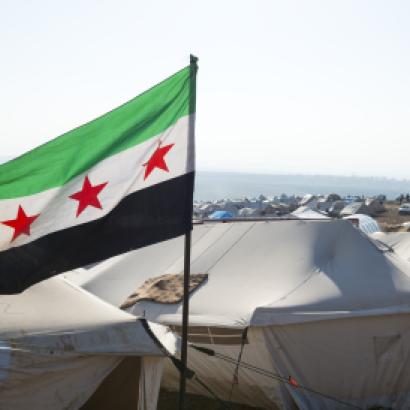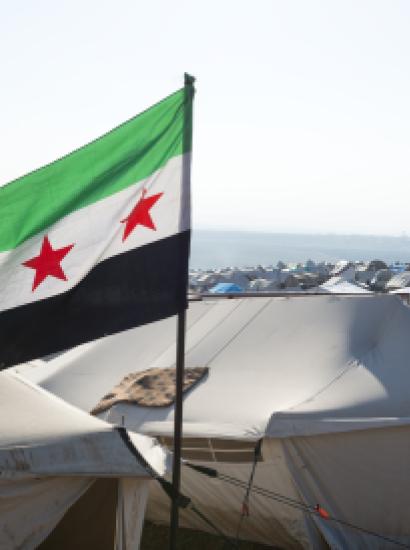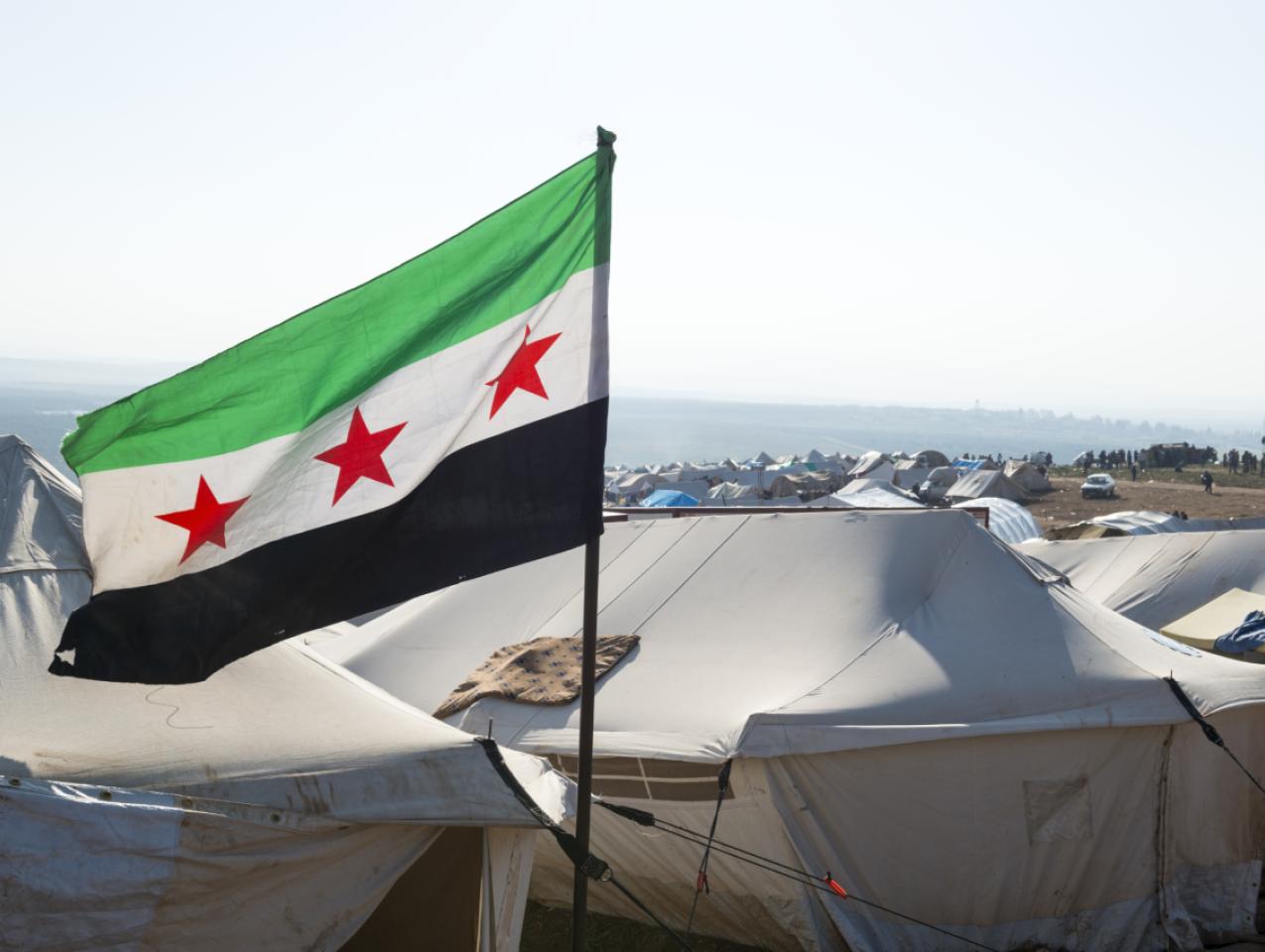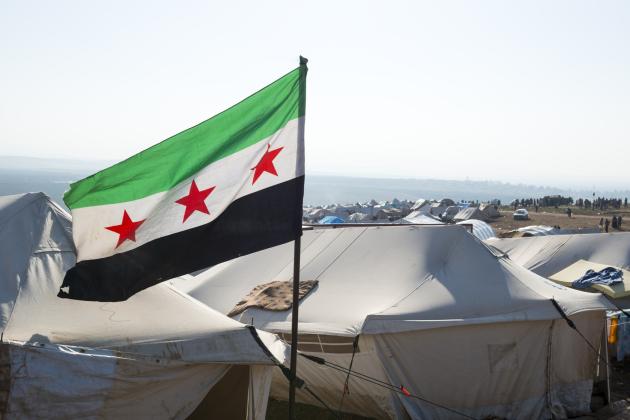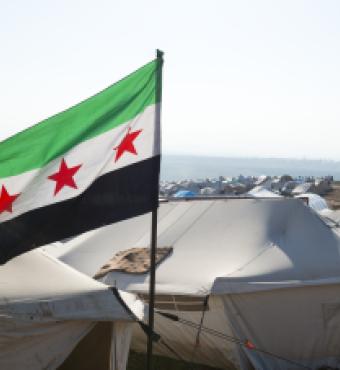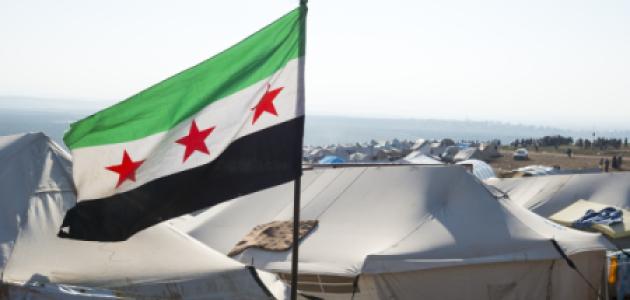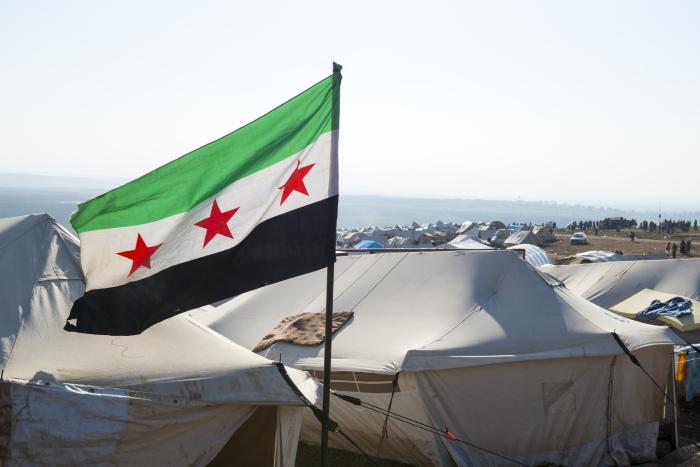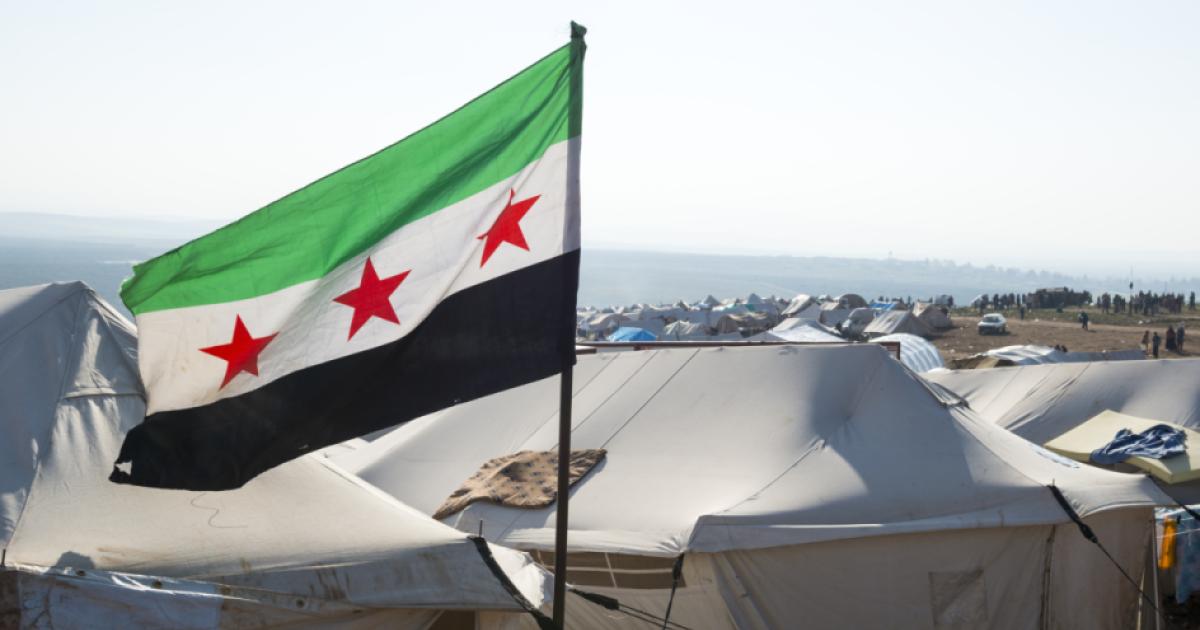President Trump’s withdrawal of US troops on the Syria-Turkey border met with a bipartisan rebuke. While rejection of the president’s decision was the consensus, the rationales for the rejection varied, reflecting multiple and often discordant objectives that the president’s critics have projected onto the US military mission in Syria.
Many critics claimed that the US withdrawal will prevent the defeat of the Islamic State (IS) and might even lead to the organization’s resurgence. Others charged that the US withdrawal represented an abandonment of the Syrian Kurdish forces with whom the US military had partnered while giving a green light to Turkey to intervene in northern Syria. Still others argued that the withdrawal benefits US adversaries, Russia and Iran, who control the majority of Syrian territory.
These various objectives do not amount to a coherent strategy. When critics project onto a narrowly defined military mission such a diverse set of very broad, even conflicting, policy goals, US foreign policy thinking becomes hopelessly muddied and our ability to prioritize and pursue sound strategic objectives becomes constrained.
The top priority for the US in the Middle East is to contain Iran. However, not only did the US mission in Syria not include that objective, but also, most of the aforementioned objectives are, by design, an obstacle to a counter-Iran policy.
A US reposturing in Syria and in the region more generally therefore is a prerequisite for a policy focused on containing Iran, and for repairing regional alliances, which the Obama administration had repeatedly damaged.
The US mission in Syria is a counterterrorism mission to defeat the Islamic State. However, it also was designed to serve geopolitical objectives. Namely, the Obama administration, which came under pressure in 2014 to go after IS, was also realigning US interests in the region with Iran. As such, its priority was for its intervention in Syria not to cross Iranian red lines. In other words, the campaign against IS was always subordinated to the Obama administration’s goal of accommodating Iran.
Therefore the US had to prevent any of its regional allies from pulling the US intervention in line with an anti-Assad, and therefore anti-Iran, agenda. These considerations led to the US partnering with the Syrian affiliate of the Kurdistan Workers Party (PKK), a US-designated terror group waging a separatist war against Turkey. And Turkey was the sponsor of the anti-Assad forces in northern Syria. The partnership with the Syrian PKK franchise was tailor-made for former president Obama’s wider objectives. Not only were the Kurdish forces not interested in pursuing any anti-Assad agenda but also, insofar as they moved to control the entire border with Turkey, with the support of both the US (in the northeast) as well as Russia (in the northwest), they would cut Turkey out of the Syrian theater, reshuffle its priorities, and choke off Turkish support to Ankara’s Syrian clients fighting Assad.
The deeper the US got involved with the Syrian PKK, the worse relations with Turkey became. To believe the US interest in Syria ought to be to protect and prop up the PKK statelet, and to continue to block any Turkish intervention in Syria, as critics of the president’s decision maintain, is to believe the US should remain in Syria forever, while maintaining a hostile posture toward a NATO ally on behalf of a US-designated terrorist organization. More to the point, it means consolidating the Obama administration’s framework of realignment with Iranian interests and away from traditional allies.
Likewise, the counterterrorism enterprise reinforces and perpetuates Obama’s realignment, something the 44th president and his team understood well. In Iraq, for instance, we’ve teamed up with pro-Iranian forces, within a pro-Iranian political order, to suppress insurgencies against this order, the latest manifestation of which was the Islamic State. In Syria, the notion of preventing the resurgence of IS rests on the indefinite propping up of the Syrian PKK forces, likely through continued open-ended deployment, which brings us back to the aforementioned geopolitical posture, which in turn keeps us locked in Obama’s realignment framework.
Since the US mission in Syria, as former CENTCOM commander Gen. Joseph Votel explained, did not include countering Iran, it’s difficult to argue convincingly that the withdrawal decision hampers our ability to pursue such a policy. The argument that our presence in Syria is predicated on a counter-Iran agenda usually revolves around the fate of the small US garrison in al-Tanf, on the Jordanian border. The presence of US troops there does prevent the Iranians and their Shiite militias from connecting their realms from Iran through Iraq and Syria to Hezbollah-dominated Lebanon through a highway and complete what’s come to be known as the “land bridge.”
However, since the US deployment there cannot be sustained indefinitely, reducing an American counter-Iran policy to a small outpost in the desert is unwise. It is all the more so when US counterterrorism and state-building enterprises in Iraq and Lebanon are premised on propping up Iranian-dominated orders, and Iranian missile bases, in the two terminus points of the so-called land bridge. Moreover, the US investment in the counterterrorism and state-building venture in Iraq had until last year strongly discouraged America’s most militarily capable ally, Israel, from taking action against Iranian assets in that country. Similarly, investment in the Lebanese Armed Forces and concern over Lebanon’s stability had meant de facto US protective umbrella for the Iranian base (i.e. Hezbollah-controlled Lebanon) on the Mediterranean.
With all this in mind, it becomes clear that a top American priority today must involve breaking free from the Obama framework of realignment, with its various interlocking, reinforcing rafters and pillars. Removing this strait jacket is essential for pursuing a sound counter-Iran strategy. President Trump began this process by withdrawing from Obama’s nuclear deal with Iran. Then the Trump administration began the process of repairing the regional alliances, with Israel, Saudi Arabia and Turkey, which Obama’s realignment strategy had spurned in favor of Iran.
This break has involved two elements key to an effective Iran containment policy. First, it unleashed the campaign of economic pressure on Iran and its regional assets. This has brought down Iranian oil exports close to zero, denying the regime its most critical source of revenue. Second, the shift in American posture has allowed Israel not only to intensify its military strikes against Iranian and Hezbollah assets and infrastructure in Syria, but also to expand its area of operation beyond Syria to include Iraq. The Israeli prime minister recently spoke of expanding Israel’s reach further still to include Iranian assets in Yemen.
A direct result of the economic and financial pressure campaign has been the eruption of popular protests in Iran, Iraq and Lebanon, all ultimately opposed to the regime in Tehran. The IRGC-Quds Force commander, Qassem Soleimani, reportedly has visited Iraq a number of times to coordinate how to tackle the protests. The results have been evident as the IRGC-led militias in Baghdad have responded with brute force, killing hundreds of people. The Iranians have done the same against the protesters inside Iran, similarly killing hundreds. While Hezbollah in Lebanon has intimidated and assaulted protesters, it has not yet moved to apply lethal force to the same extent as in Iraq and Iran. Notably the apologists for the Obama era pro-Iran policies have had little to say about these murders.
The protests, while triggered by economic and financial collapse, target the political systems of the Islamic Revolution from Tehran to Beirut. It is in the US interest that this challenge to Iran continues and intensifies. The US still has several notches on the dial to up the pressure campaign, and it should do so.
As the US repostures in Syria, a similar shift is needed in Iraq and Lebanon, where the Iranian edifices are under attack. A break with the counterterrorism and state-building enterprises which tie the US down in propping up the Iranian order, and thereby locking us in the Obama realignment framework, is the necessary starting point for a sound strategy in the region; a strategy anchored in strengthening traditional allies and weakening the Islamic Republic.







